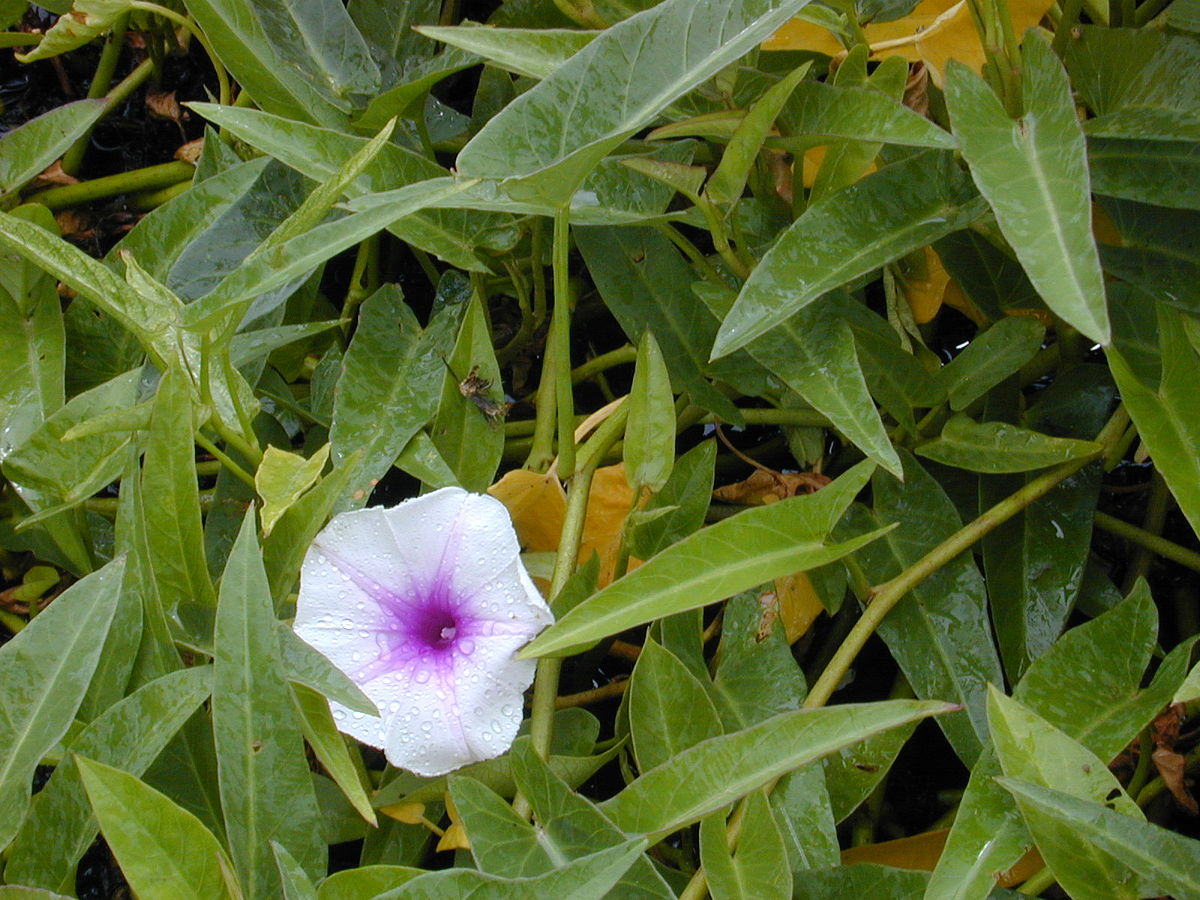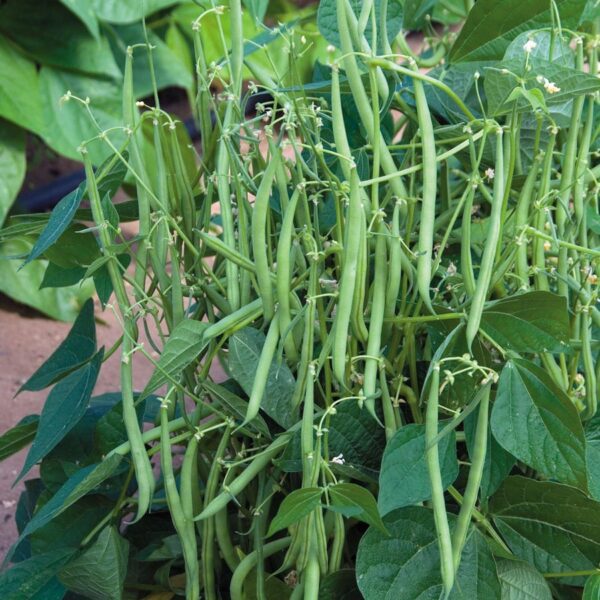Water Spinach (Vallal Keerai / Thanneer Keerai) seeds
₹100.00 Original price was: ₹100.00.₹50.00Current price is: ₹50.00.
Water Spinach (Vallal Keerai / Thanneer Keerai) seeds
Quantity: 40 seeds
Water Spinach (வள்ளல் கீரை, தண்ணிக்கீரை in Tamil) is a highly nutritious and versatile plant (Cabbage Family) that can be easily incorporated into various culinary dishes and has a history of medicinal use. Its rapid growth and environmental benefits make it a valuable addition to gardens, especially those with access to water sources.
Water Spinach (Vallal Keerai / Thanneer Keerai) seeds
Water Spinach (also known as Kangkong, or Ipomoea aquatica) is a fast-growing, nutritious leafy green often used in Southeast Asian cooking. It thrives in wet conditions, making it an ideal plant for hydroponic or water-based gardening, though it can also grow in soil. Growing water spinach from Water Spinach (Vallal Keerai / Thanneer Keerai) seeds organically is simple and can be done in containers, raised beds, or directly in ponds or waterlogged soil. Here’s how to grow it:
1. Choose the Right Location
- Sunlight: Water spinach grows best in full sun but can also tolerate some shade. Ensure the plant gets at least 4-6 hours of direct sunlight per day.
- Water Requirements: As the name suggests, water spinach loves water! It thrives in wet, moist conditions. It grows well in shallow water or areas where the soil remains consistently moist. You can grow it in ponds, shallow containers, or raised beds that retain water.
2. Prepare the Growing Area
- Waterbeds/Containers: If growing in containers, use large containers or shallow trays with enough space for the roots to spread out. Fill them with loamy, well-drained soil. The water level should be 2-4 inches above the soil to ensure the plant’s roots are submerged.
- Soil: If planting in soil, the soil should be rich in organic matter. It’s ideal to enrich the soil with compost or well-rotted manure to improve nutrient availability. Silt-based soils or soils that can retain moisture work well.
3. Planting the Seeds
- Soaking the Water Spinach (Vallal Keerai / Thanneer Keerai) seeds: Soak the Water Spinach (Vallal Keerai / Thanneer Keerai) seeds in warm water for 12-24 hours before planting. This helps soften the hard seed coat and improves germination.
- Sowing Water Spinach (Vallal Keerai / Thanneer Keerai) seeds: Once soaked, plant the seeds 1/4 to 1/2 inch deep in moist soil or in the waterbed. Space the Water Spinach (Vallal Keerai / Thanneer Keerai) seeds 6-8 inches apart if planting in rows. Water spinach seeds will germinate in about 7-10 days under optimal conditions.
4. Watering and Moisture Maintenance
- Watering: Keep the soil consistently moist. If growing in containers, ensure the water level remains high enough to keep the roots submerged. If growing in the ground, water regularly, especially during dry spells.
- Water Level: In containers or shallow waterbeds, the water level should remain high, ideally 2-4 inches above the soil. This mimics the natural habitat of the plant and encourages healthy growth.
5. Fertilization
- Organic Fertilizers: Water spinach benefits from organic fertilizers such as compost, fish emulsion, or seaweed-based fertilizers. Apply once every 4-6 weeks to ensure the plant gets enough nutrients for healthy leaf production.
- Avoid Over-Fertilizing: Avoid using synthetic fertilizers, as these may harm the plant or cause nutrient imbalances in the water.
6. Supporting Growth
- Spacing: Water spinach spreads quickly and can become crowded. Ensure there is enough space between plants to allow them to grow. Thin seedlings to 6-8 inches apart once they have a few leaves.
- Harvesting Tips: Water spinach grows in vines, so you can harvest the young, tender leaves and stems. Regular harvesting encourages the plant to produce more shoots and leaves.
7. Pest and Disease Control
- Pests: Water spinach is generally pest-resistant, but can occasionally attract aphids, whiteflies, or snails. Use organic methods to control pests:
- Neem oil or insecticidal soap can be effective for aphids and other soft-bodied insects.
- Diatomaceous earth can help control slugs and snails.
- Fungal Diseases: Water spinach is relatively disease-resistant, but avoid waterlogging the roots, as standing water with poor drainage can encourage root rot. Ensure good water circulation in your growing area. Water Spinach (Vallal Keerai / Thanneer Keerai) seeds
8. Harvesting Water Spinach
- When to Harvest: Water spinach is ready to harvest around 3-4 weeks after sowing. The younger leaves are tender and have the best flavor, but older, more mature leaves can also be used.
- How to Harvest: Harvest the outer, mature leaves first, leaving the central growing tips to continue producing new leaves. You can cut the stems at the base, allowing the plant to regrow from the remaining roots and shoots. This promotes continuous growth.
- Continuous Harvesting: Regular harvesting will keep the plant producing new shoots, making it an excellent option for cut-and-come-again harvesting.
9. Managing Growth and Spreading
- Water Growth: If growing in water, water spinach can quickly spread and may need periodic thinning to prevent overcrowding. If growing in containers, you may need to trim the vines back to prevent them from taking over the space.
- Propagation: Water spinach can also be propagated through stem cuttings. Simply cut a healthy stem with several leaves, place it in a container with water, and allow it to root before transplanting it into the garden.
10. Additional Tips
- Climate: Water spinach grows best in warm climates. It is a tropical plant and does not tolerate frost well. Ideal temperatures range from 70-95°F (21-35°C). It thrives during the warmer months but can be grown year-round in tropical areas.
- Water Management: If growing in a pond or water garden, make sure the water is clean and fresh. Avoid stagnant water, as it can promote disease and algae growth.
- Container Growing: If growing in containers, ensure the container is large enough to accommodate the plant’s spreading habit and has enough depth for water.
Summary of Growing Water Spinach Organically:
- Location: Full sun, moist, well-draining soil, or shallow water.
- Soaking Seeds: Soak seeds for 12-24 hours before planting.
- Planting: Sow seeds 1/4-1/2 inch deep, space them 6-8 inches apart.
- Watering: Keep the soil or water consistently moist. Maintain a water level of 2-4 inches in containers.
- Fertilization: Use organic compost or fish emulsion every 4-6 weeks.
- Harvesting: Start harvesting 3-4 weeks after planting. Pick the outer leaves to encourage new growth.
- Pest Control: Use neem oil for pests like aphids or whiteflies, and manage water levels to avoid root rot.
- Growth Management: Thin out crowded plants, and trim vines to keep the plant manageable.
Water spinach is a fantastic, low-maintenance vegetable to grow organically. Whether you grow it in soil, containers, or a water garden, it’s a versatile and nutritious addition to your garden!
| Weight | 25 g |
|---|---|
| Dimensions | 11 × 8.5 × 11 cm |
Related products
Clove Bean Green Gardening Seeds
₹120.00Original price was: ₹120.00.₹100.00Current price is: ₹100.00. -17%Dragon Tongue Bean Gardening Seeds
₹120.00Original price was: ₹120.00.₹50.00Current price is: ₹50.00. -58%Bush French Green Bean Seeds
₹99.00Original price was: ₹99.00.₹50.00Current price is: ₹50.00. -49%Green yard long bean Gardening seeds
₹65.00Original price was: ₹65.00.₹50.00Current price is: ₹50.00. -23%







Reviews
There are no reviews yet.